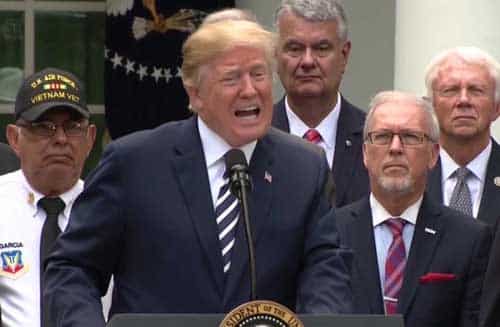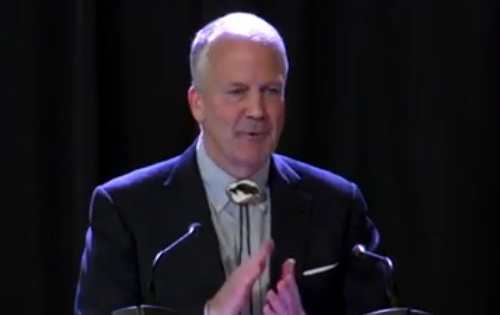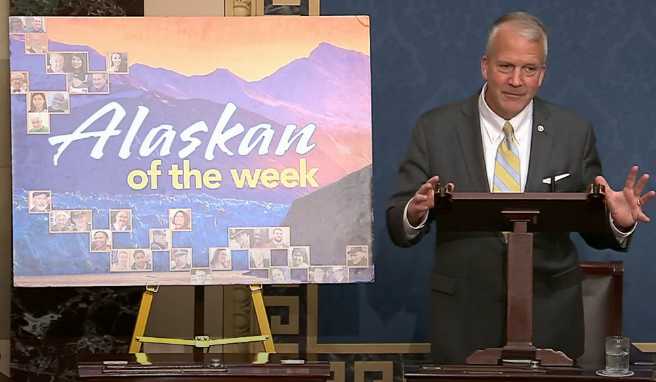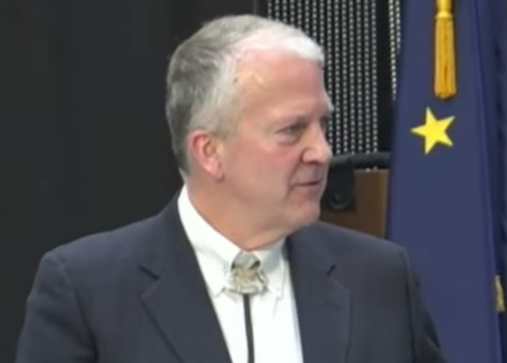
WASHINGTON — “I wasn’t the kind of guy you’d want to meet in a dark alley.”
That’s how U.S. Army veteran Michael Carroll, 39, from Spokane, Wash., described himself after coming home in 2004 after serving 18 months in Iraq.
He was diagnosed with Post Traumatic Stress Disorder (PTSD) and given an honorable discharge.
“The transition from military to civilian life was definitely unpleasant,” he said. “I was extremely temperamental and hostile, and I lashed out a lot. Anything could trigger me — sounds to smells to seeing trash on the side of the road,” a reminder of explosive devices used against coalition forces in the Iraq war.
Over the next few years, he underwent the standard treatment for PTSD — psychotherapy and medication — which he said did him more harm than good.
In 2009, while undergoing therapy at the Spokane Veterans Center, he heard about an outdoor recreational retreat for traumatized veterans, organized and funded by a group of Spokane Valley firefighters.
“And that’s where I encountered my first sweat lodge,” Carroll said. “It blew my mind. And it saved my life.”
Bringing veterans home
Since ancient times, Native American and Alaskan Natives have held warriors in high esteem and have developed a wide variety of prayers, ceremonies and rituals to honor returning soldiers and ease them back into community life.
One of the most common is the “sweat,” a ritual steam bath believed to have originated among Plains Indians that is practiced today by many tribes, with variations according to individual tribal cultures and traditions.
The U.S. Veterans Administration has recognized the value of sweats to Native service members, and since the 1990s, has allowed them to conduct sweats at several VA medical centers across the country. It was only a matter of time before non-Native veterans began to take notice.
“In college, I was a sociology major, and I learned about the importance of the sacred, the ritual and the ceremony,” said Darrin Coldiron, a Spokane Valley firefighter and president of Veterans Community Response (VCR), an all-volunteer group that hosts several retreats a year. “I learned that in so many societies, when you send a warrior off, there’s a ceremony, and you bring them home with ceremony.”
Craig Falcon, a member of the Blackfeet tribe who conducts ceremonies at VCR retreats, explained how the sweat has been used in his culture to help warriors readjust to civilian life.
“You come back from war with things attached to you,” he said. “And some of those things may not be good. They could be memories. Or It could be somebody you killed, and that person attaches himself to you and comes home with you. Ceremonies help wash those things off, send them back to where they came from and get you back to who you are.”
Roger Vielle, also Blackfeet, serves on VCR’s board as cultural adviser. At first, he wasn’t sure how non-Natives would handle the sweat.
“Some of the stories they share afterward and some of the things that have happened to them during the sweat are like —” He paused to find words.
“They say something happens there,” he said. “They’ve gotten in touch with something. And I tell them, ‘I’m not the one doing it. I’m just facilitating it. You did the work. You did the prayers.’”[xyz-ihs snippet=”adsense-body-ad”]VCR retreats are funded entirely by donors and cost the participants nothing. That’s because no legitimate tribal healer would ever charge money for a ceremony.
Private and sacred
Carroll admitted to being skeptical — and a little fearful — of his first sweat.
“But then you go inside the sweat lodge, and of course the herbs are dropped on the rocks, and the drum is starting to play,” he said. “Then you pray and you begin to feel the toxins pour out of your body. And a lot of time, there’s a sense of another presence, something in that lodge besides you and the other people gathered there.”
Vielle and Falcon were reluctant to share too many details about the ceremonies, which are sacred to their culture.
“Non-Natives are really exploiting our way of life and our ceremonies, grabbing them and selling them,” said Falcon, recalling the 2009 deaths of three people at an Arizona sweat ceremony conducted by non-Native, New Age guru James Arthur Ray.
Medical staff are on hand at every VCR retreat.
Sometimes, he said, veterans come out of sweats wanting to build sweat lodges in their own backyards.
“I tell them, ‘I can’t stop you if you want to go and build one. But it won’t be done in the right way,’” Falcon said. “And once I tell them that, they are very respectful and say, ‘I’ll build a sauna instead.’”
Source: VOA








